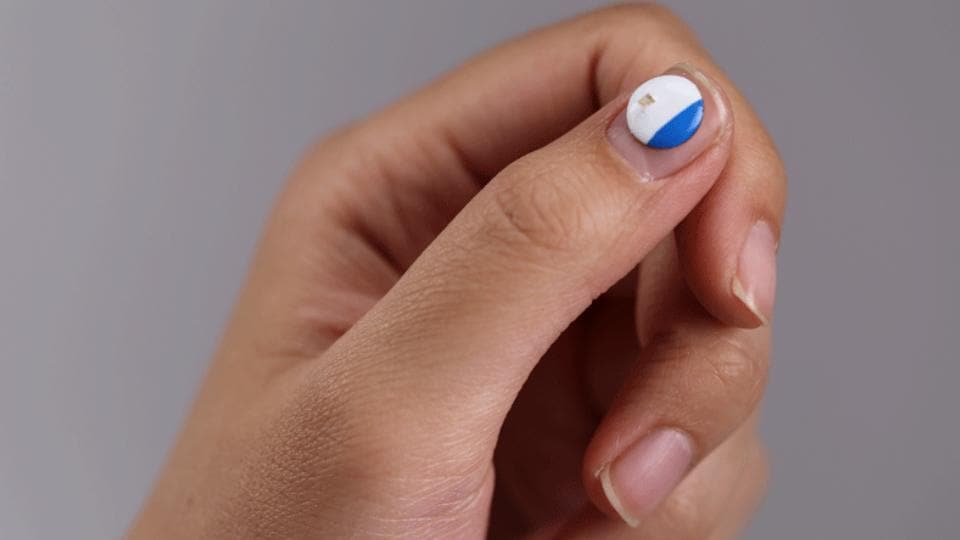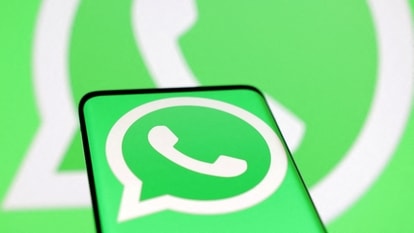Smallest wearable, battery-free device developed
Researchers at Northwestern University developed the device which is as light as a raindrop, is also rugged, waterproof and doesn’t need a battery.

Scientists have developed the world's smallest wearable, battery-free device that can measure exposure to light across multiple wavelengths, from the ultra violet (UV), to visible and even infrared parts of the solar spectrum.
When the solar-powered, virtually indestructible device was mounted on human participants, it recorded multiple forms of light exposure during outdoor activities, even in the water, said researchers from the Northwestern University in the US.
The device monitored therapeutic UV light in clinical phototherapy booths for psoriasis and atopic dermatitis as well as blue light phototherapy for newborns with jaundice in the neonatal intensive care unit. It also demonstrated the ability to measure white light exposure for seasonal affective disorder, according to the research published in the journal Science Translational Medicine.
The device enables precision phototherapy for these health conditions, and it can monitor, separately and accurately, UVB and UVA exposure for people at high risk for melanoma, a deadly form of skin cancer. For recreational users, the sensor can help warn of impending sunburn, researchers said.
"From the standpoint of the user, it couldn't be easier to use -- it's always on yet never needs to be recharged," said John Rogers, a professor at Northwestern University.
"It weighs as much as a raindrop, has a diameter smaller than that of an M&M and the thickness of a credit card. You can mount it on your hat or glue it to your sunglasses or watch," Rogers said.
It's also rugged, waterproof and doesn't need a battery.
"There are no switches or interfaces to wear out, and it is completely sealed in a thin layer of transparent plastic," Rogers said.
"It interacts wirelessly with your phone. We think that it will last forever," he said.
Currently, the amount of light patients actually receive from phototherapy is not measured.
"We know that the lamps for phototherapy are not uniform in their output -- a sensor like this can help target problem areas of the skin that aren't getting better," said Steve Xu from the Northwestern University.
Doctors don't know how much blue light a jaundiced newborn is actually absorbing or how much white light a patient with seasonal affective disorder gets from a light box. The new device will measure this for the first time and allow doctors to optimise the therapy by adjusting the position of the patient or the light source.
Since the device operates in an "always on" mode, its measurements are more precise and accurate than any other light dosimeter now available, the scientists said. Current dosimeters only sample light intensity briefly at set time intervals and assume that the light intensity at times between those measurements is constant, which is not necessarily the case, especially in active, outdoor use scenarios.
Catch all the Latest Tech News, Mobile News, Laptop News, Gaming news, Wearables News , How To News, also keep up with us on Whatsapp channel,Twitter, Facebook, Google News, and Instagram. For our latest videos, subscribe to our YouTube channel.


























